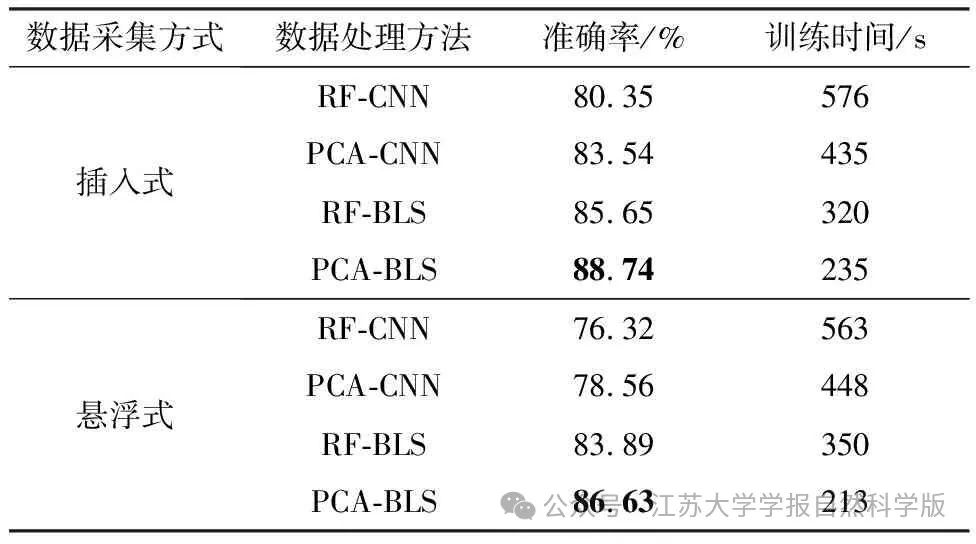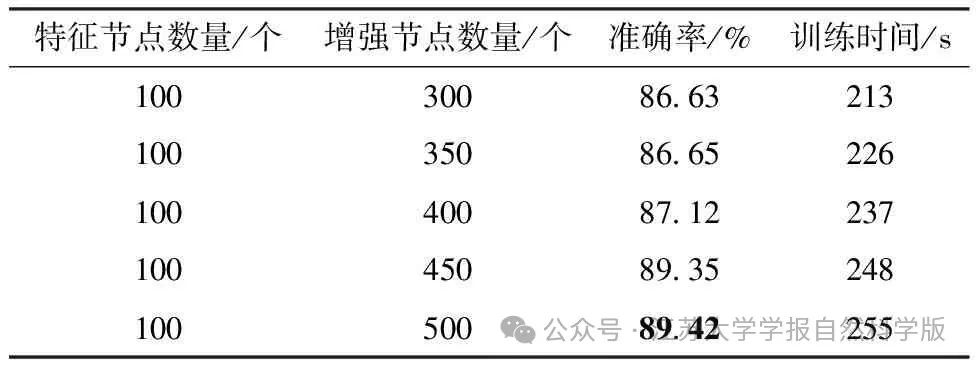
Click the Blue Text | Follow Us

A Grain Moisture Detection Method Based on ESP32-CSI
1 Related Work
1.1 Traditional Grain Moisture Measurement Methods
1.2 Wireless Sensing Moisture Measurement Methods
1.3 ESP32-CSI-Based Sensing System
2 Feasibility Analysis
2.1 CSI-Based Sensing Theory
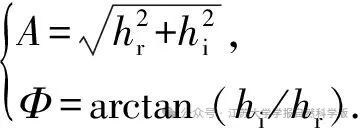
2.2 Related Algorithm Theory
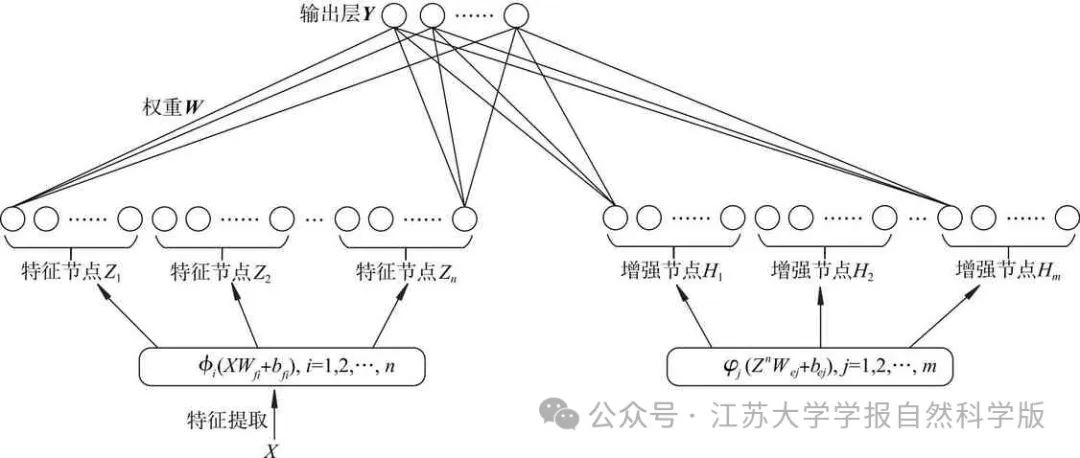
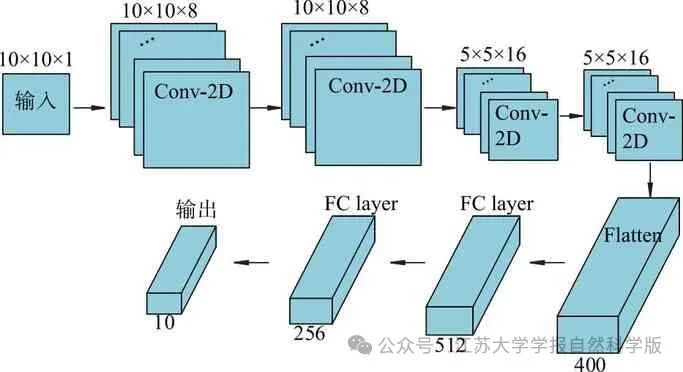
3 Grain Moisture Detection Method
3.1 Moisture Detection System Structure
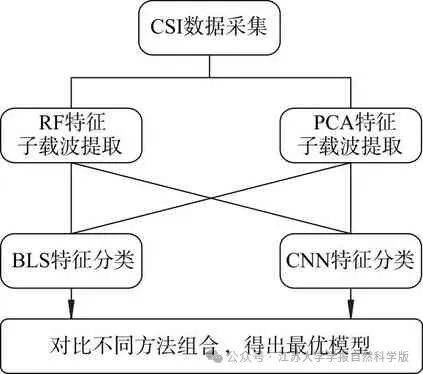
3.2 Experimental Scheme Design
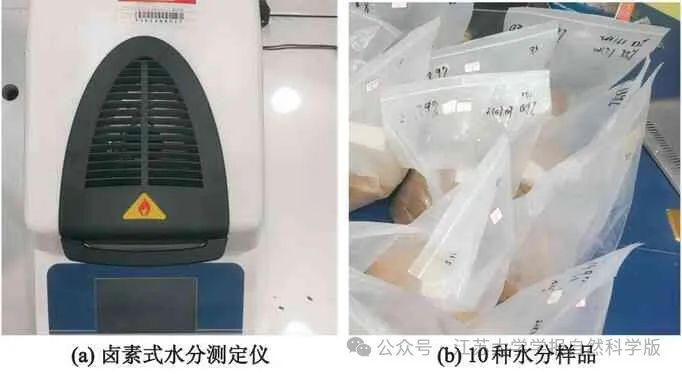
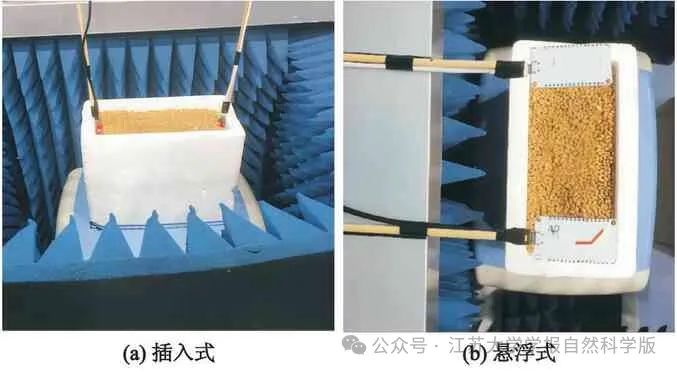
4 Experimental Results
4.1 Feature Subcarrier Selection
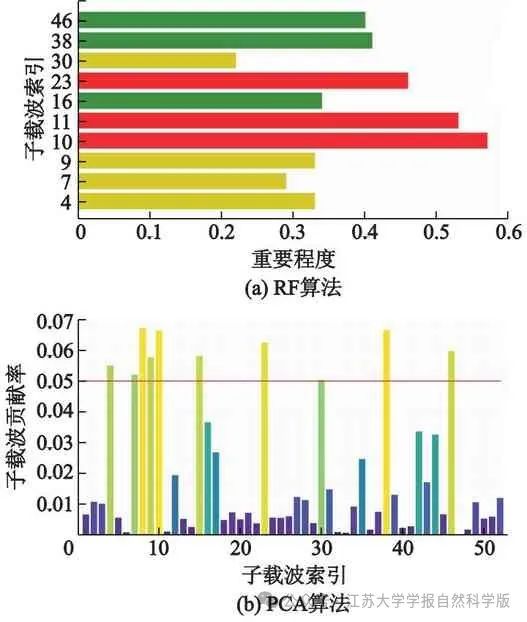
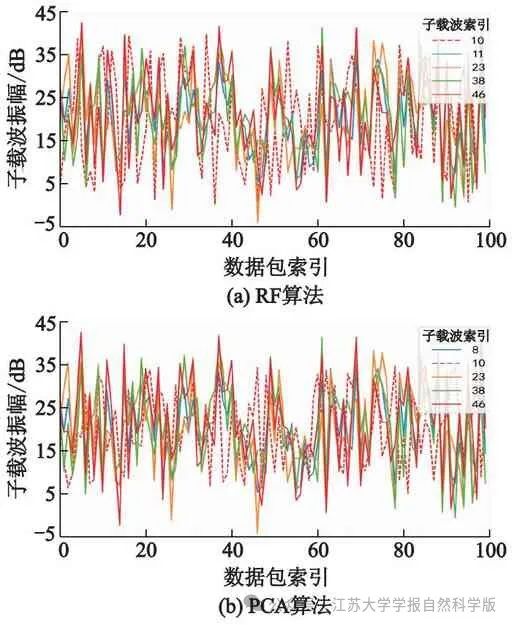
4.2 Moisture Recognition
